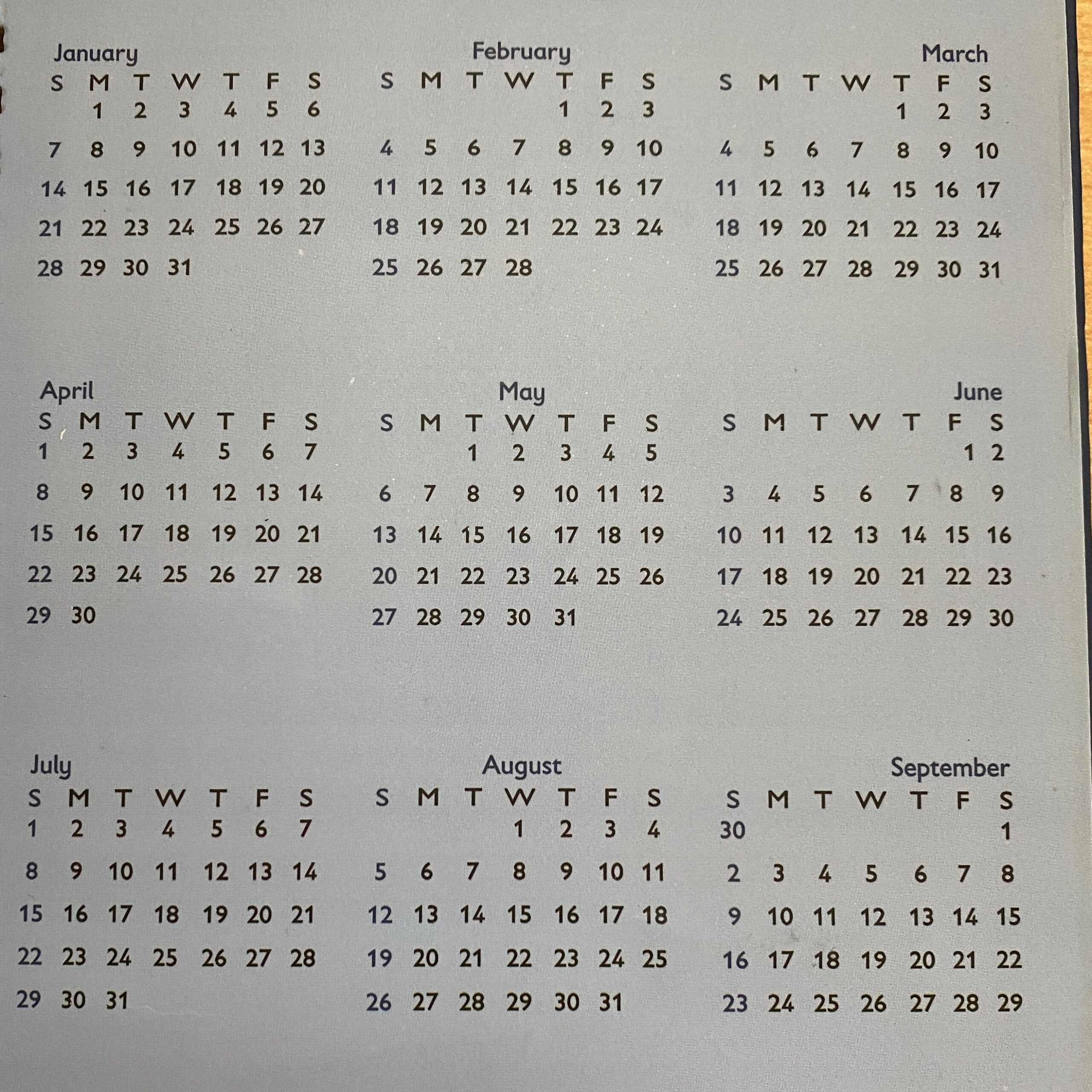Today is the final day of February. Have you wondered why February is shorter than the other months? Turns out, we have ancient Roman superstitions to thank. To make a long story short, Roman king Numa Pompilius tweaked the calendar to sync it with the lunar year, and that included changing every month to 29 days (because even numbers were unlucky at that time).
One month, though, needed to have an even number of days, and February was selected since it was when the Romans held rituals for the dead.
Before he became king, Rome’s lunar calendar was just 10 months long. It began in March and ended in December. At the time, Romulus, the first king of Rome, and his people found the time between December and March to be unimportant because it had nothing to do with the Harvest.
When Numa Pompilius took reign, he decided to make the calendar more accurate by lining it up with the year’s 12 lunar cycles. The new 355-day year needed two additional months to make up for the lost time. So he added January and February to the end of the calendar.
Because Romans believed even numbers to be unlucky, each month had an odd number of days, which alternated between 29 and 31. But, in order to reach 355 days, one month had to be an even number. February was chosen to be the unlucky month with 28 days.
It’s believed this choice may be down to the fact that Romans honoured the dead and performed rites of purification in February – the word ‘februare’ meaning ‘to purify’ in the dialect of the ancient Sabine tribe.
And so, February was dropped down to 28 days. And despite numerous changes to the calendar over thousands of years, it’s (mostly) stuck.

